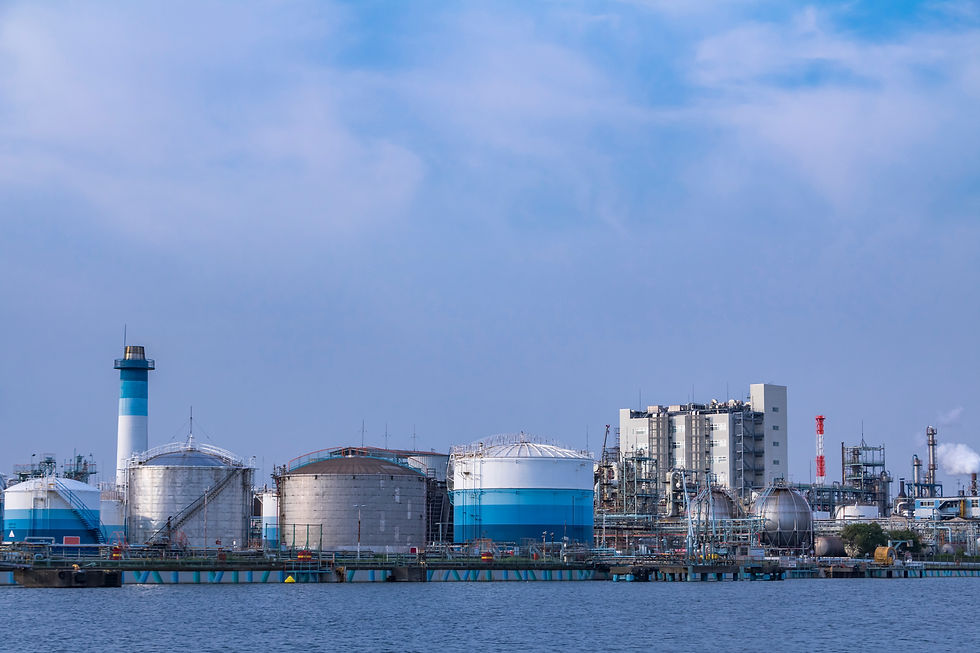Renewables Must Accelerate Rapidly to Meet 2030 Energy Demand
- Max Clark
- Mar 30, 2023
- 2 min read
The third phase of PJM Interconnection’s study on the decarbonization and transition of the energy sector illuminates a potential threat of unbalanced supply and demand.
PJM Interconnection is the regional electricity transmission organization (RTO) servicing 13 states, including Pennsylvania, and Washington D.C. An RTO is an organization that coordinates the wholesale electricity market for a region and oversees the regional electric grid.
As a crucial piece of the energy sector, PJM conducts research on market trends and challenges in order to consistently meet the needs of their customers decades into the future. Its latest series of studies focuses on the coming energy transition in three separate publications. The first two phases of the study analyzed “energy and ancillary services” and “resources adequacy” in the years after 2035. This latest release focuses on resource adequacy from now until 2035.
Resource adequacy, in this context, simply means having enough resources, in this case fuel sources to generate electricity. Researchers used two different models to simulate two scenarios: a “low new entry” scenario in which deployment of new renewable energy systems, such as solar and wind, remains at the current pace and “high new entry” scenario, which has renewables growing much faster.
Under the “low new entry” model, the PJM found four trends that bring “increasing reliability risks during the transition”:
1. Electricity demand is likely to only continue to grow over time;
2. Thermal generators are becoming uncompetitive and thus are retiring at “rapid pace”;
3. These retirements may outpace new generation projects; and,
4. The “intermittent” characteristics of new and upcoming renewable energy projects creates the need for multiple projects to replace 1 megawatt (MW) of thermal power.
Thermal generators typically burn fuels, like coal or natural gas, which is used to create steam, powering a turbine which ultimate generates the electricity.
The study quantifies the potential mismatch in generation capacities as thermoelectric plants continue to retire, stating that by 2030, there could be 40 gigawatts (GW) of generating capacity at risk, representing 21 percent of the PJM’s current capacity. The issue with renewable power is not just the intermittent nature or the volume of proposed projects, according to the study, but rather the completion rate of those projects, which sits at around 5 percent.
Because of these realities, the PJM is at risk of facing decreasing reserved margins, meaning that the gap between generation capacity and demand will tighten, for the “first time in recent history.” This could represent a significant risk to the electric grid, especially during times of high demand, unless a solution is found.



Comments